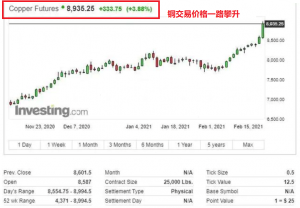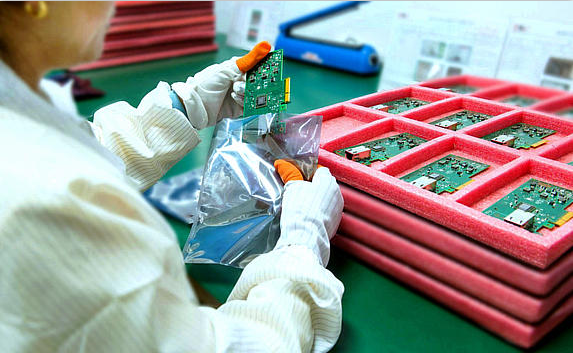Why many PCB manufacturers raise the price in 2021?
——The reasons for PCB price raise.
Overview:
In 2021, the global economy has suffered an unprecedented hit due to the impact of the epidemic. For the entire electronics industry, 2020 is not the most difficult year, and 2021 is the beginning of the most difficult period.
Because of the COVID-19, the key raw materials for PCB production such as copper balls, copper foils, copper clad laminates, epoxy resins, and glass fibers has continued to rise, which caused the cost of PCB manufacturing and PCB assembly to rise.
Please see below Figure 1: Copper trading price trend
Below we will analyse why the PCB materials price are increase:
1. Copper and copper foil
With the outbreak of the COVID-19 in 2020, many countries have closed down. When people back to work, the suppressed demand began to exceed production capacity, resulting in an increase in the demand for copper foil for the production of PCBs and batteries for mobile electronic products, that causing price increases. The extended delivery period also caused price increases (See Table 1). At the same time, because of the copper foil manufacturers turning their energy to expand production to more profitable lithium battery copper foils, especially for thick copper foils (2 OZ/70 microns or more). They are gradually turning to electric vehicle lithium battery production, this has had an extrusion effect on the production capacity of PCB copper foil, and it caused the price of electronic copper foil for PCB to soar(See Table 2). At present, the copper price are 50% higher than the lowest point in 2020.
Table 1: copper foil capacity utilization (demand growth) in 2020
Table 2:China’s demand for lithium batteries for electric vehicles 2020 to 2030
2. Epoxy resin
China’s demand for epoxy resins for green energy applications (wind turbine blades) continues to rise. At the same time, the impact of industrial accidents in large epoxy resin manufacturing plants in China and Korea have caused PCB copper clad laminate manufacturers have experienced supply shortages in the past two months, and prices have risen sharply by up to 60%. The impact is mainly reflected in the rising costs of standard FR-4 laminates and prepregs. In December 2020, the FR-4 laminates and prepregs have increased by 15%-20%.
3. Glass fiber
The rapid growth of consumption and green energy applications has also pushed up the prices of glass yarn and glass fabrics, especially restrict the supply of heavy fabrics such as type 7628 and type 2116. Glass fiber manufacturers also tend to meet other industry’s demand which with lower quality requirements and higher market prices than the PCB industry. PCB copper clad laminate manufacturers estimate that the trend will result in a serious shortage of copper clad laminate production capacity, especially rigid materials.
Summary
Since 2020, PCB manufacturing raw materials such as CCL (copper clad laminate), PP (prepreg), and copper foil have been in short supply, and purchase prices have continued to rise. What’s more, its have to line up to buy at high prices, and some unconventional materials are even hard to buy.
Within half a year, PCBFuture received a total of 5 price increases notifications from CCL suppliers. Among them, Shengyi increased by 63%, copper foil increased by 55%, and copper balls rose from last year’s lowest of 35300 to today’s 64320, an increase of up to 83.22%, the tin rose by 20,000 yuan/ton, and the palladium water rose by 34.5%…
For downstream electronic end users, the above shocking price increase data doesn’t make everyone empathize. In the past year, in order to maintain price stability, PCBFuture has been facing the impact of price increases from upstream raw material suppliers alone. And our customers haven’t felt the pressure of purchasing costs from PCB and PCBA.
According to PCBfuture’s consistent principle, when the material cost of PCB manufacturing rises or turnkey PCB assembly components rise, we will prioritize improving the efficiency of internal operations, increase the first pass rate, reduce scrap and reduce management costs as much as possible to meet the challenge of rising costs and maintaining the normal operation of the enterprise.
Post time: Feb-28-2021








